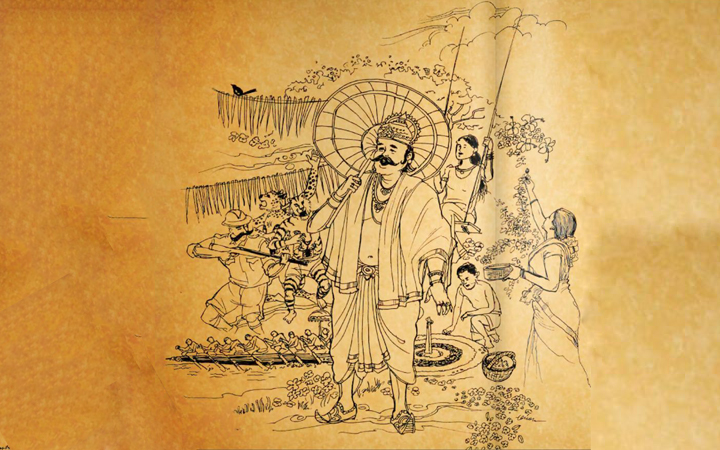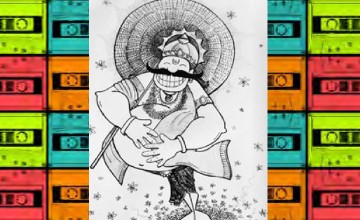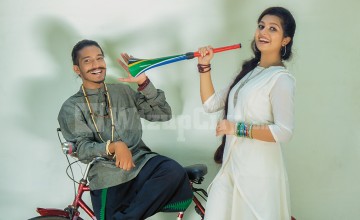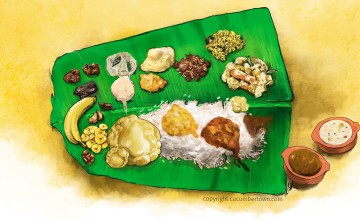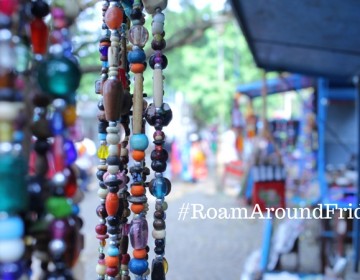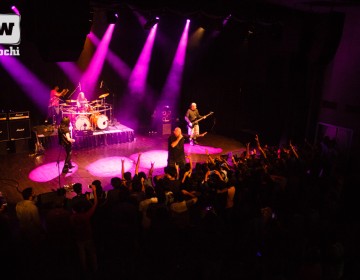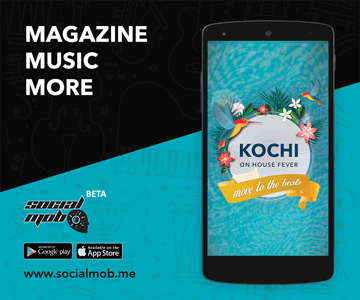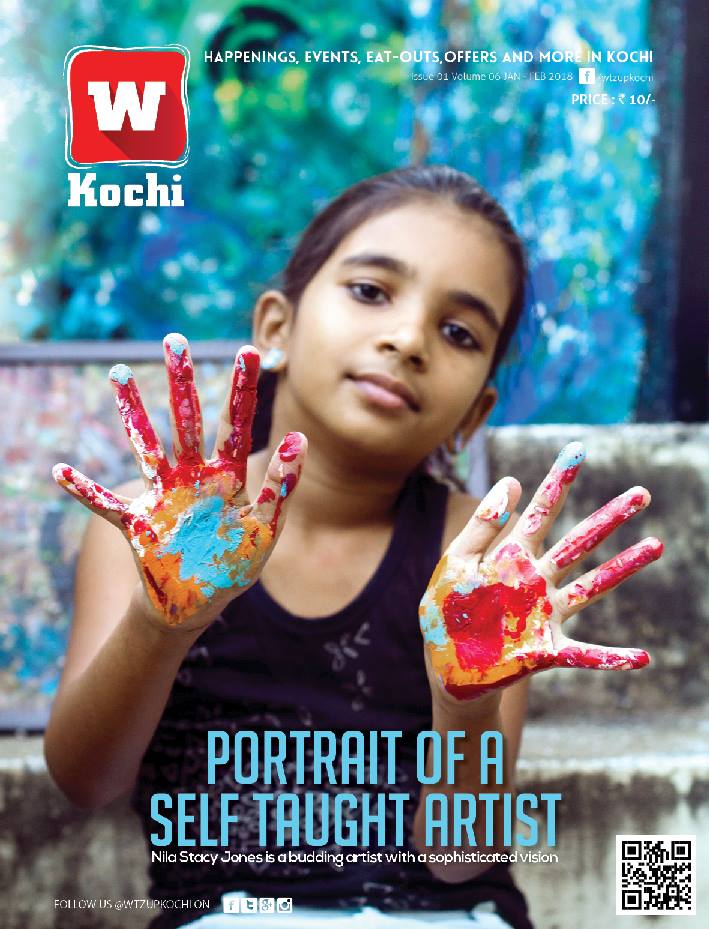And We Thought We Knew Everything About Onam
- 27 Aug 2016
- FWD Admin
- Features
Maveli's posters have started to align the roads, and advertisers have considered him as a strategy to employ the festival as a seasonal marketing technique. Many realize it’s Onam when the TV has special promotions and wishes or just when the ladies scatter around in a frenzy to buy new sarees and mundus. We are already starting to dream of sadhya on banana leaves, planning games to play in the office celebrations and figuring out just what to wear! At WtzupKochi, Onam is a big deal. We love this festival for its story, traditions, food, food (did we just say food twice?), the kasavu saree… basically everything. So we dug quite deep and chanced upon these trivia and we wanted to share them with you.
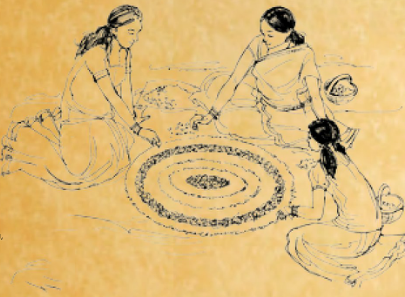 Pookalam
Pookalam
Every intricate design in the Pookalam or floral carpet has a particular story, from the flowers for each ring to the relevance of each ring. Starting from Atham, a ring of flowers and leavers are added to the Pookkalam daily, reaching its final shape on the Thiruvonam Day. Symbolically, the ten rings or steps represent the ten deities in the Hindu pantheon – Ganesha, Shiva and Shakti, Shiva, Brahma, Pancha Bhoothangal, Shanmughan or Muruga, Guru, Ashtadipalakar, Indra and Vishnu. There is also a belief that the floral carpet symbolizes the fight between the Asuras and the Devas.
Thumba is the most important flower as it symbolizes light that radiates in the morning and people use it to adorn and worship Shiva. A flower is dedicated to each day of Onam and dominates the decorations of that day. So when you head to the flower market, rememeber there’s a flower for each day.
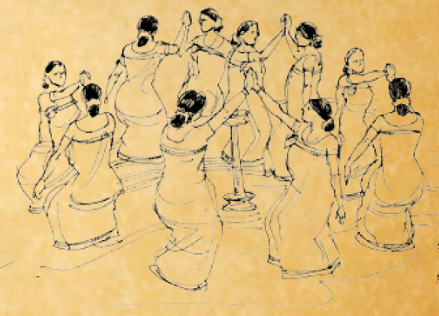 Thiruvathira
Thiruvathira
This popular folk dance is regarded as an elegant dance form as the lasya or the beauty elements predominates. The songs are known for their literary flourish and according to tradition the dance is to be performed by maidens to attain everlasting marital bliss. According to Kerala legend, Thiruvathirakali brought the deity of love, Kamadeva, back to life after Shiva reduced him to ashes. The songs used are based on Krishna-Leela or Shakunthalam.
The style of the fabric of Mundum Neryathum with the Kerala Kasavu that you wear, finds its original essence from the Graeco Roman culture known as Palmyrene.
Vallamkali
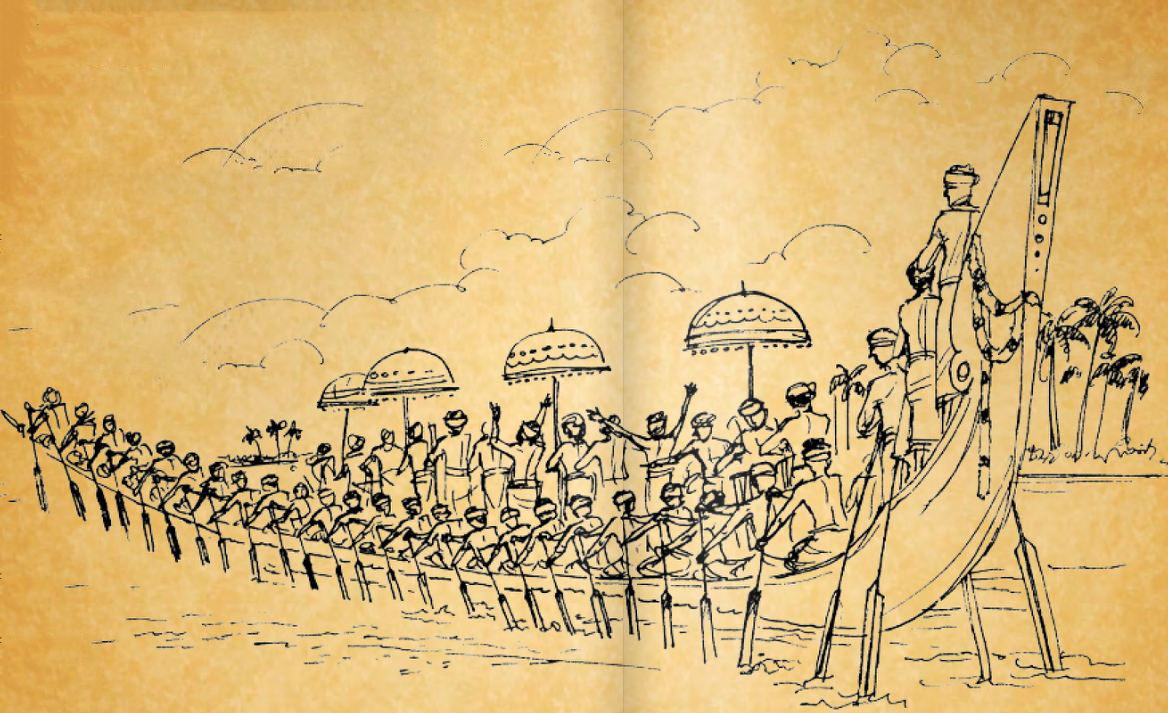
The traditional snake boat race is an adrenaline inducing event. The Nehru Trohpy boat race features the chundan vallam or snake boats. The story goes that, 10km up the river Pamba from Aranmula, the head of the Karoomana Namboodiri family offered his daily prayers. He was waiting to feed a poor man to complete the ritual. After a long wait, he closed his eyes and prayed to Krishna. As he opened his eyes, a boy stood before him. He bathed, clothed and fed him. The Brahmin was startled when the boy vanished. After an endless hunt for him, the Namboodiri concluded that he was God. To commemorate the event, he began to bring food to the temple. To protect the food from river pirates, they made swift snake boats to accompany the entourage.
The Kaarnavan or Karanaadhan who is the village leader and three main oarsmen control the movements of the boat with a 12 foot long main rudder-oar (Adanayampu). The 64 oarsmen (sometimes 128) represent the 64 art forms. The boat is maintained by oiling it with a mixture of fish oil, coconut shells and eggs. The Vanchipaatu or boatmen’s song represent the Ashtadipalakas (devas or gods) who guard the eight directions.
Pulikali
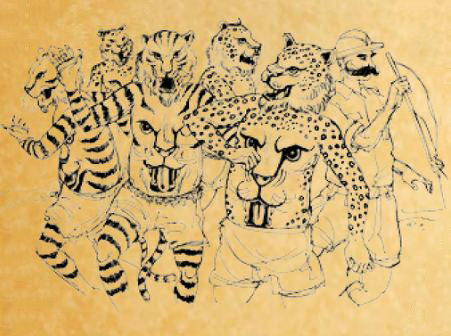
It is an enactment of hunting with a hunter and feline beasts. Also known as Kaduvakali, the dance is accompanied by percussion instruments like thakil, udukku and chenda. The origin dates back to over 200 years, when King Ramavarma is said to have introduced the folk art during Muharram. Mohammedan soldiers of the British Army stationed in Thrissur in the army area, used to celebrate Muharram with fervor. They used to perform the art form decked as tigers, which used to be enjoyed by locals. The best place to watch the Pulikali is the Swaraj Gorund in Thrissur when thousands from all over Kerala come to perform the dance.
Sadhya
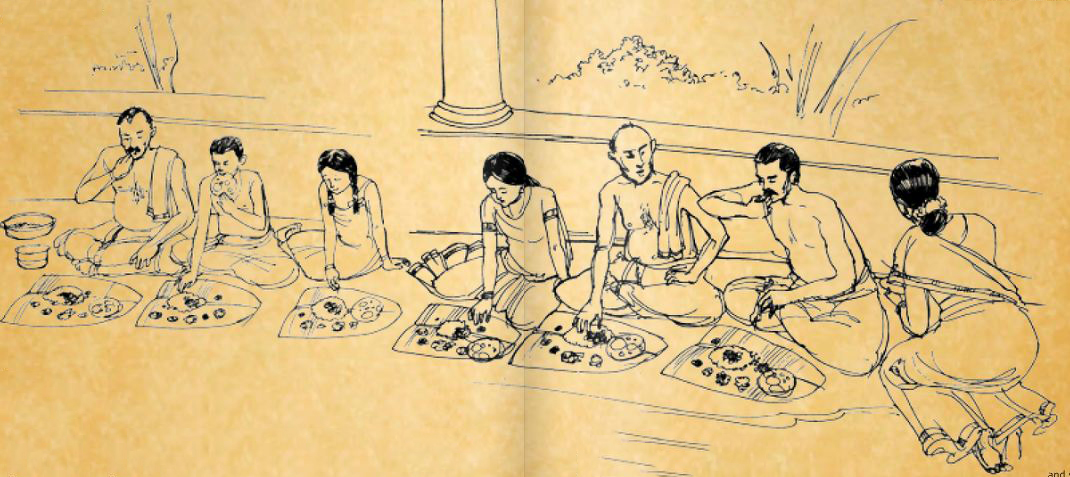
Last but definitely not the least, is the feast that Malayalis wait year long for. The Sadhya is to be enjoyed in many courses. You would be surprised to know that earlier Sadhya was not so sumptuous. There were only six items with the mains being Kaalan, Olan and Erissery. Now there are over 10. The Naakila that the feast is served on should have its narrow end facing the left of the diner sitting on the floor. When you are done with the meal, you are to fold the leave away from you, signifying that you are completely satisfied. If you fold towards you, it means that you did not enjoy the meal. The Adapradhaman (the sweet payasam) is so called as it is the first thing to have in the meal. A sweet beginning. The Olan serves as a palate cleanser. The buttermilk is great for digestion. Every dish has a story of its own.
Hope you have started making plans for this Onam and will remember these stories while you wind up the day playing the various Onam games.
The story originally appeared in FWD Life September 2014 issue.
Original text: Pushpa M & Atheena Wilson
Illustrations: Orion Champadayil
